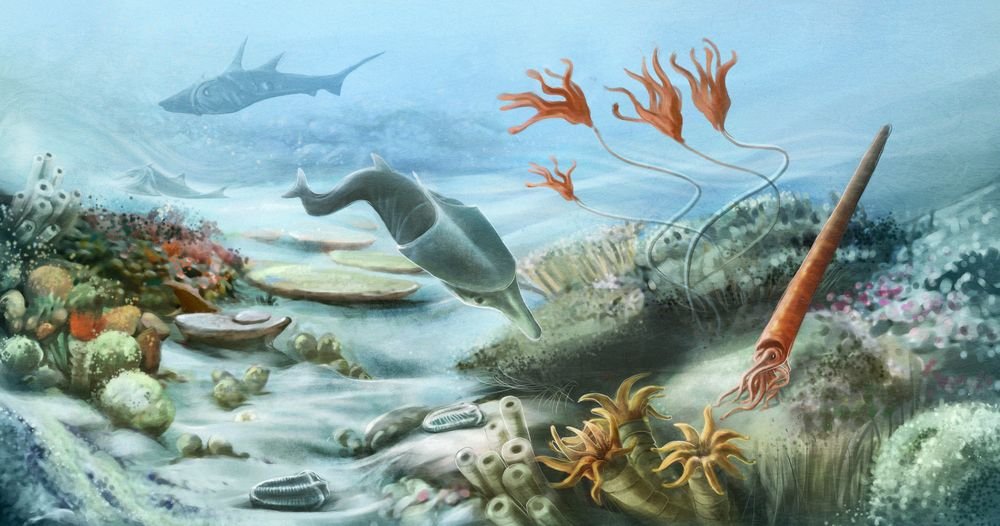[QQT: MUNSHI PREMCHAND IN PICS]
1/12
Today is Munshi Premchand’s 86th death anniversary. The literary behemoth served Hindi without a trace of chauvinism and long before there were private jets. Here’s a peek into his Spartan life through some lesser-seen pictures…
1/12
Today is Munshi Premchand’s 86th death anniversary. The literary behemoth served Hindi without a trace of chauvinism and long before there were private jets. Here’s a peek into his Spartan life through some lesser-seen pictures…

3/12
He was first married when just 15, but the marriage didn’t last. Then he remarried in 1906. Shivarani Devi remained his wife for the rest of her life. She died in 1936.
He was first married when just 15, but the marriage didn’t last. Then he remarried in 1906. Shivarani Devi remained his wife for the rest of her life. She died in 1936.

4/12
In August 1916, Premchand arrived at Gorakhpur’s Normal High School as its newly promoted Assistant Master. He’d serve the institution for five years. Gorakhpur, incidentally, also happens to be where he composed his first ever work in Hindi, unfortunately lost today.
In August 1916, Premchand arrived at Gorakhpur’s Normal High School as its newly promoted Assistant Master. He’d serve the institution for five years. Gorakhpur, incidentally, also happens to be where he composed his first ever work in Hindi, unfortunately lost today.

6/12
For a while Premchand rented a room on the upper floor of this mansion in Lucknow’s Benia Bagh. Next to the house was a garden where he’d go for walks with Jaishankar Prasad.
For a while Premchand rented a room on the upper floor of this mansion in Lucknow’s Benia Bagh. Next to the house was a garden where he’d go for walks with Jaishankar Prasad.

7/12
In 1930, Premchand started publishing a Hindi literature periodical named Hans (Swan). Here’s the cover of its first copy…
In 1930, Premchand started publishing a Hindi literature periodical named Hans (Swan). Here’s the cover of its first copy…

8/12
Summer residence of Bhartendu Harishchandra where Premchand came to stay in 1936. The outhouse to the right is where he’d set up his publishing enterprise called Saraswati Press.
Summer residence of Bhartendu Harishchandra where Premchand came to stay in 1936. The outhouse to the right is where he’d set up his publishing enterprise called Saraswati Press.

9/12
At a writers’ summit with Jawaharlal Nehru and his wife. Also seen are Jaishankar Prasad and Ramchandra Shukla, among others.
At a writers’ summit with Jawaharlal Nehru and his wife. Also seen are Jaishankar Prasad and Ramchandra Shukla, among others.

10/12
Later, having secured enough financial independence, he built a new home for his family in Lamhi, his birthplace.
Later, having secured enough financial independence, he built a new home for his family in Lamhi, his birthplace.

11/12
Although best known for his work in Hindi literature, Premchand was also fluent in Farsi and English. Knowledge of English those days wasn’t seen as a matter of inferiority or superiority. Here’s a letter he wrote in the language…
Although best known for his work in Hindi literature, Premchand was also fluent in Farsi and English. Knowledge of English those days wasn’t seen as a matter of inferiority or superiority. Here’s a letter he wrote in the language…

• • •
Missing some Tweet in this thread? You can try to
force a refresh
















